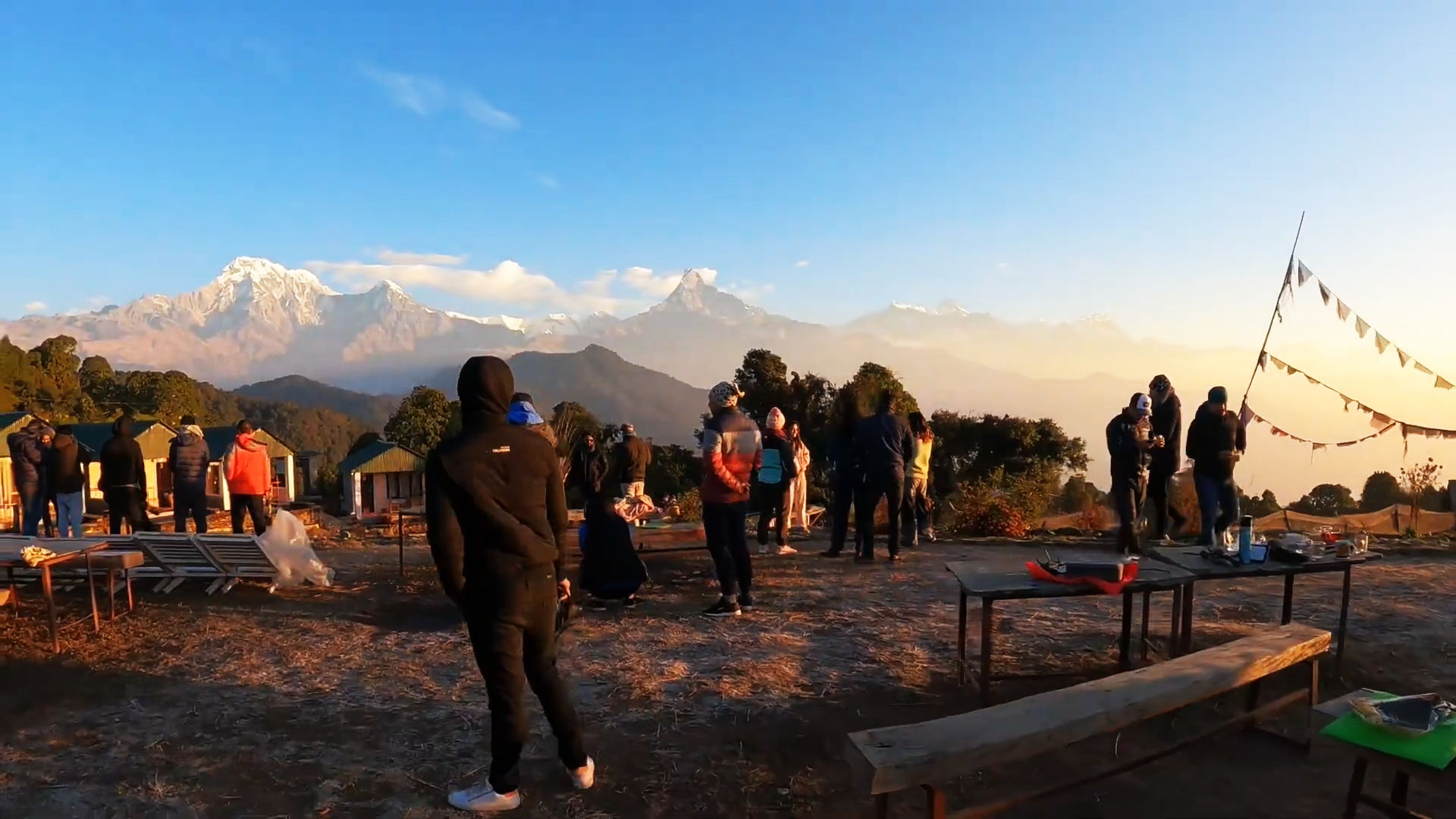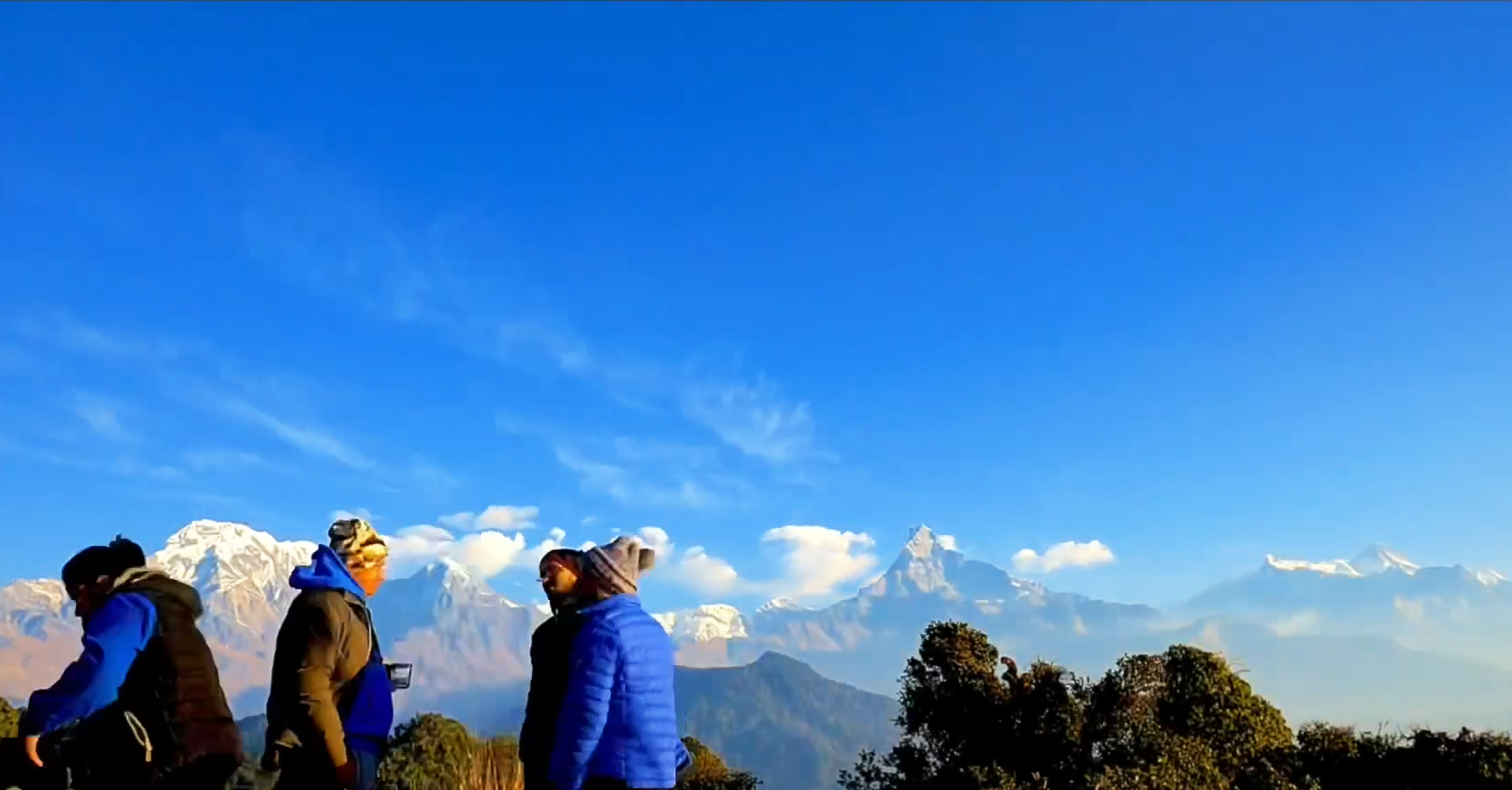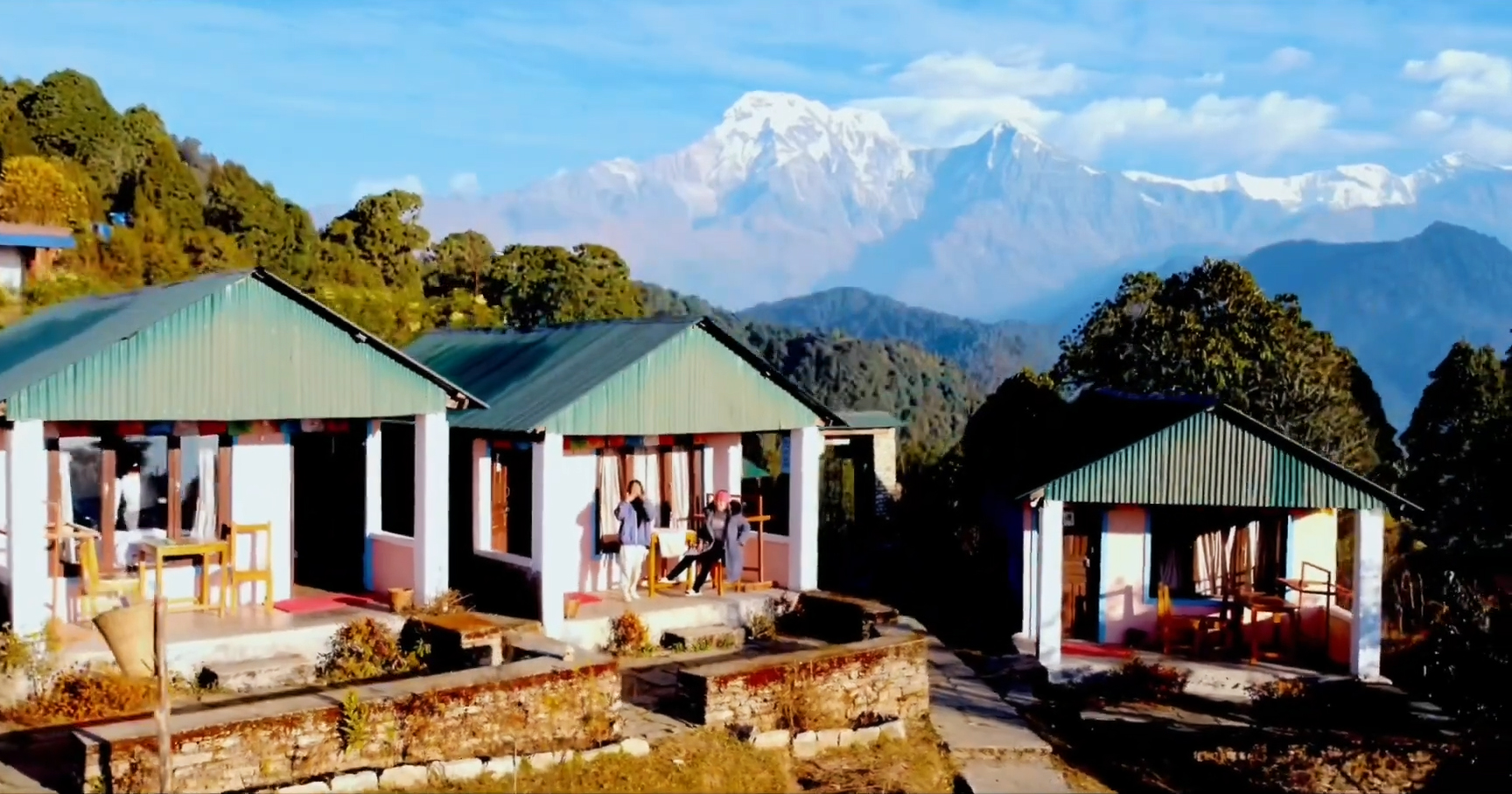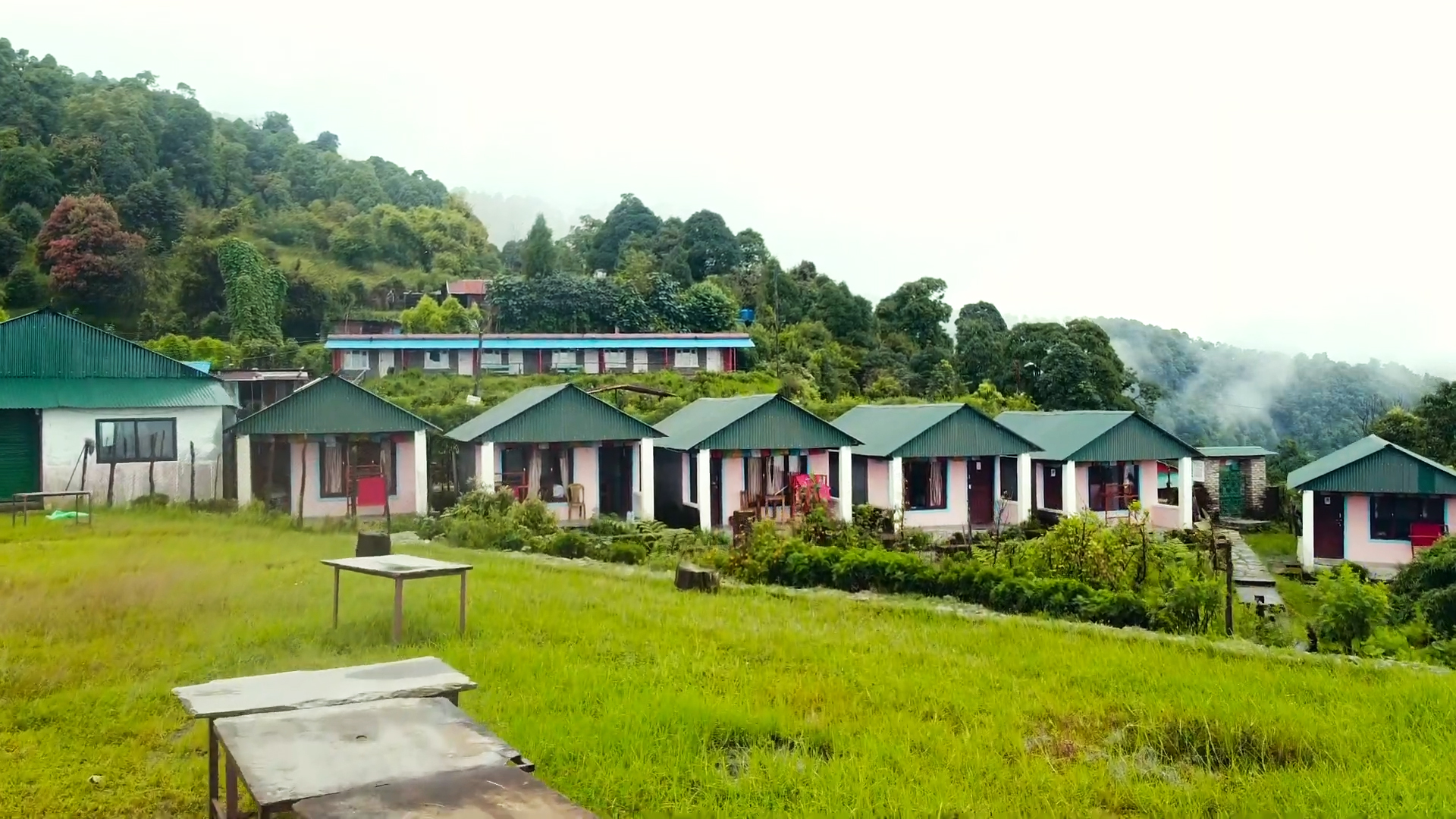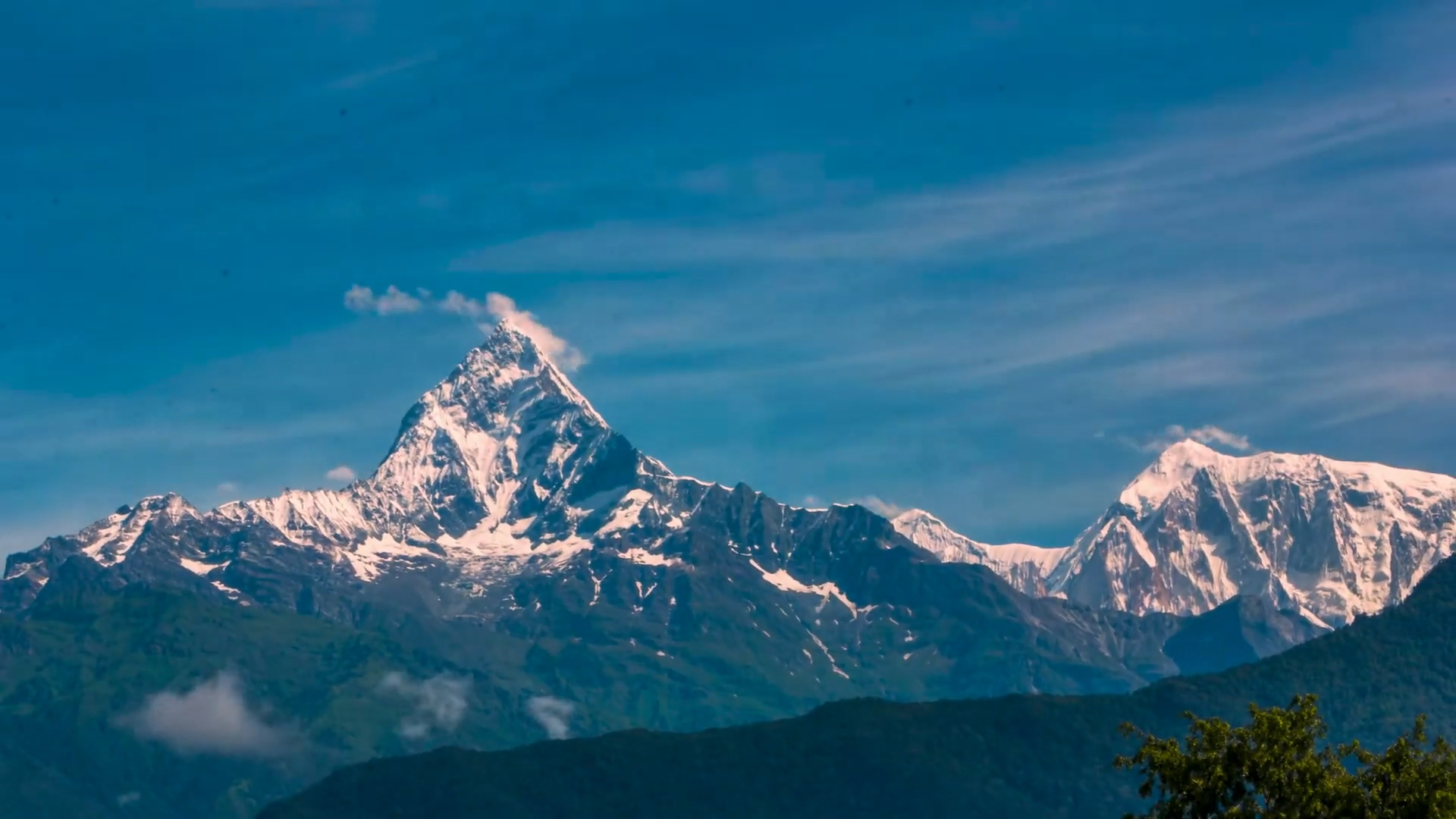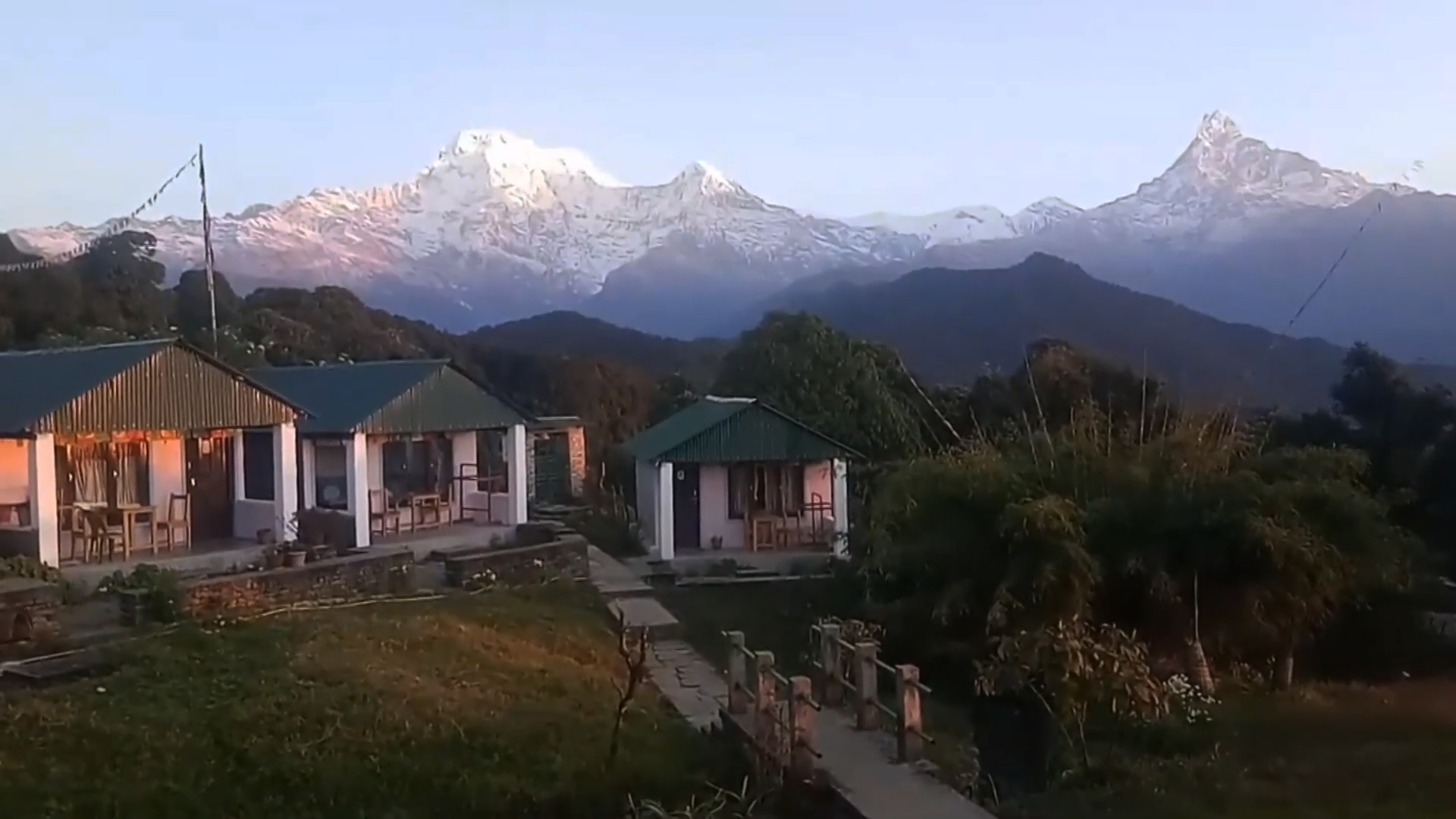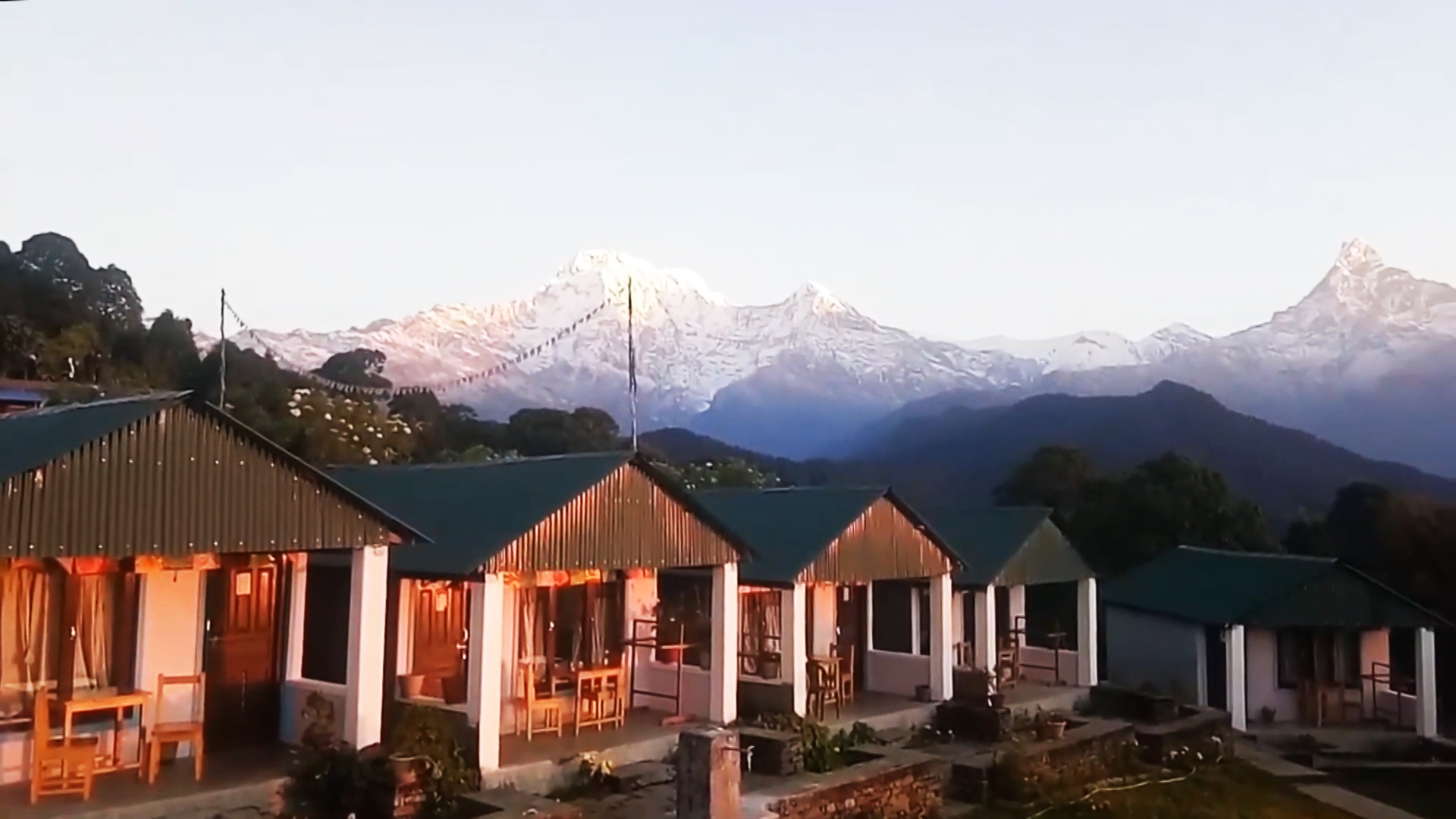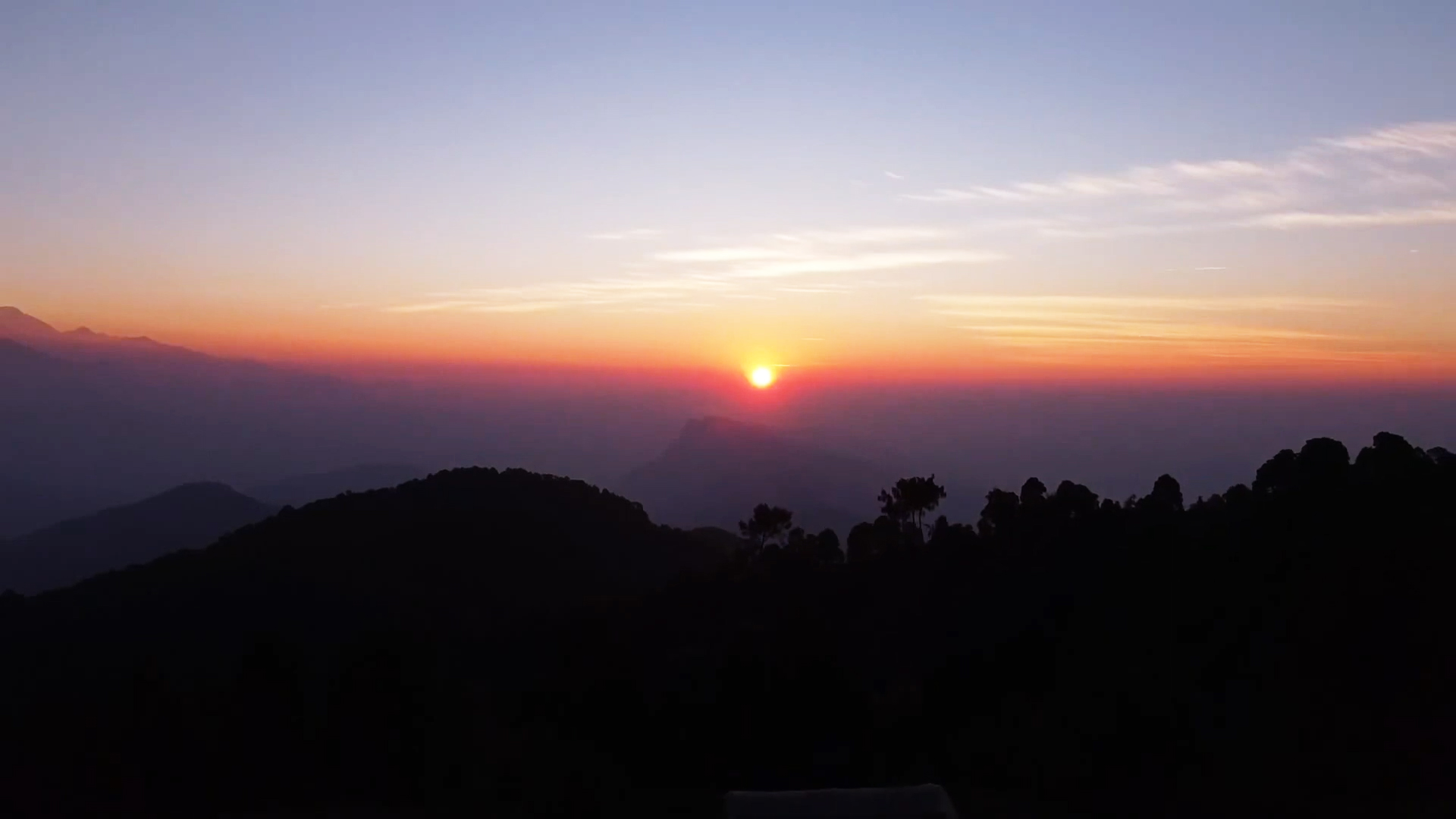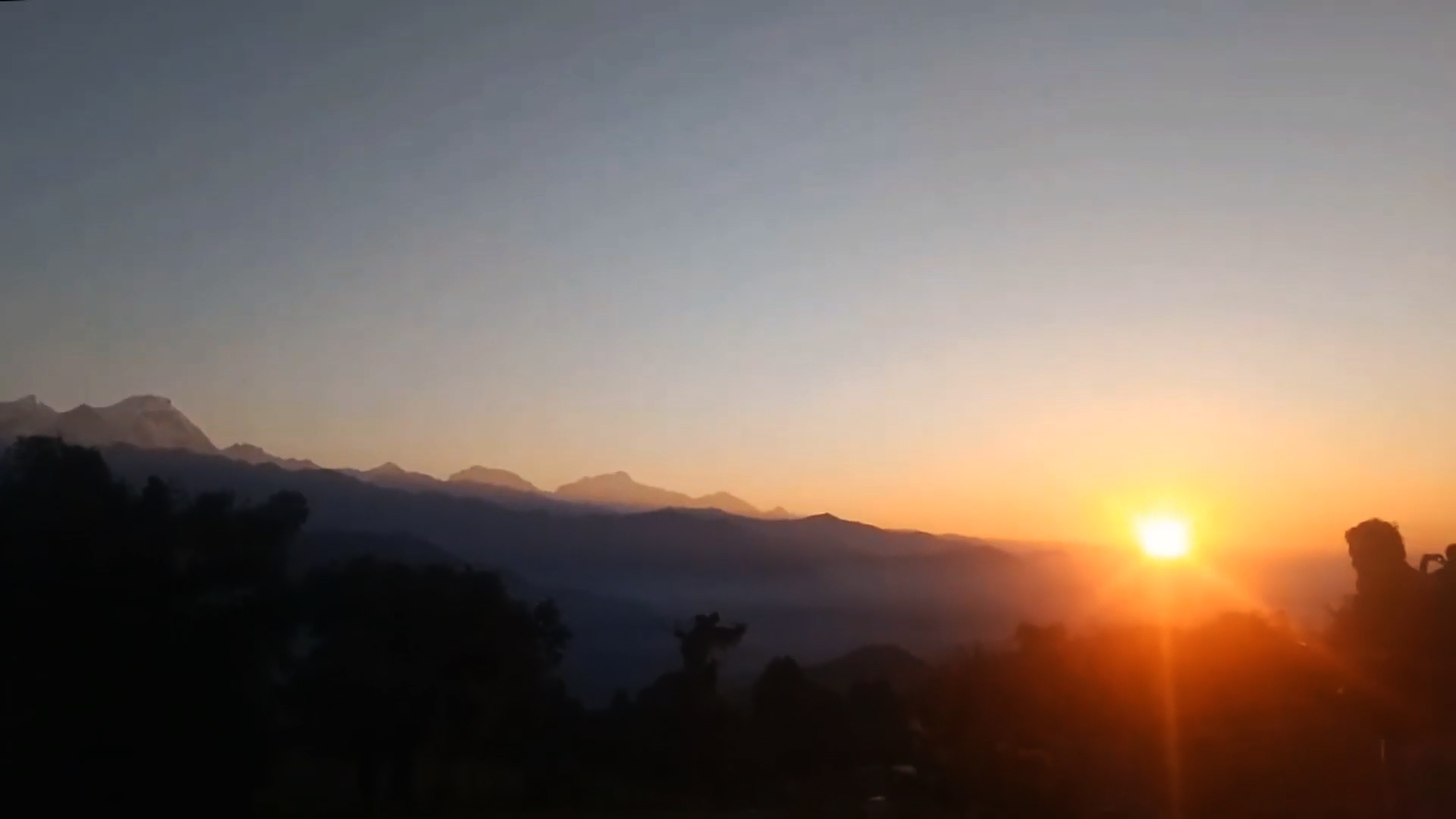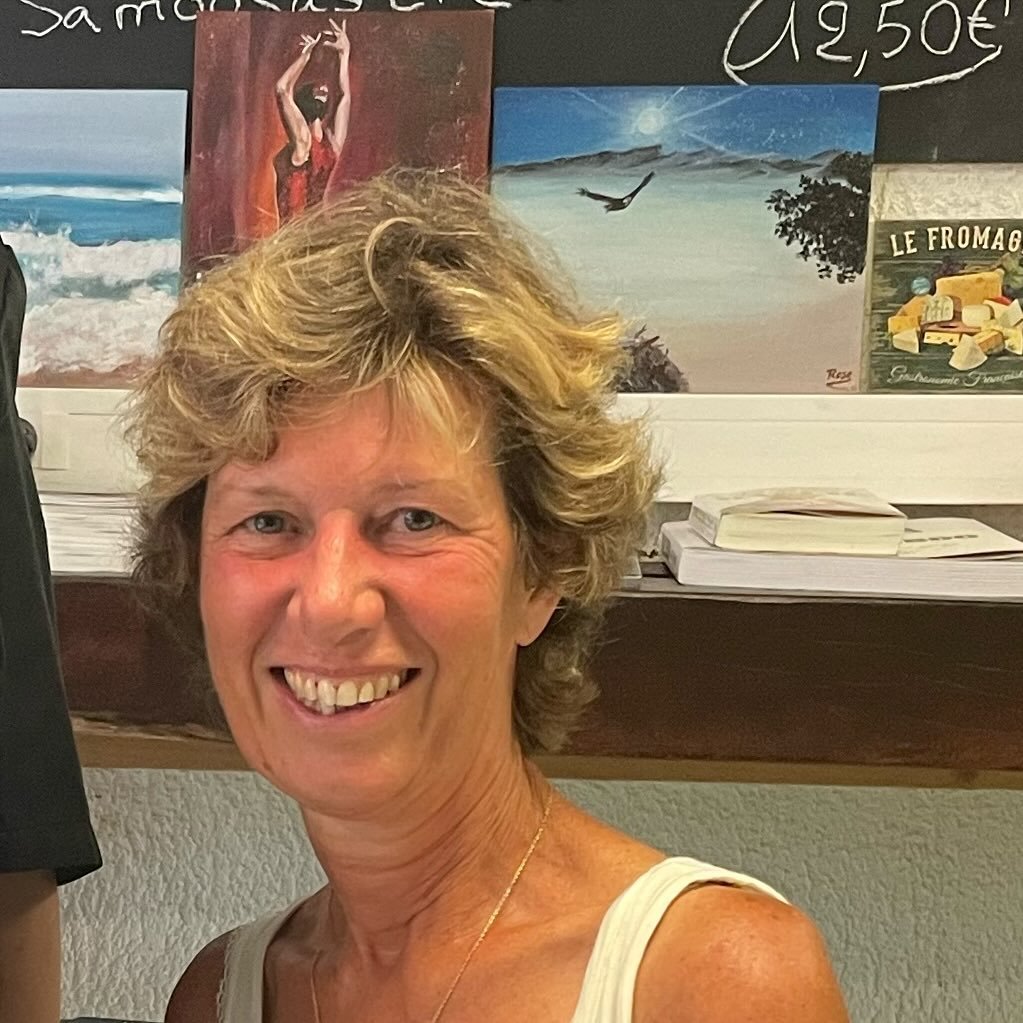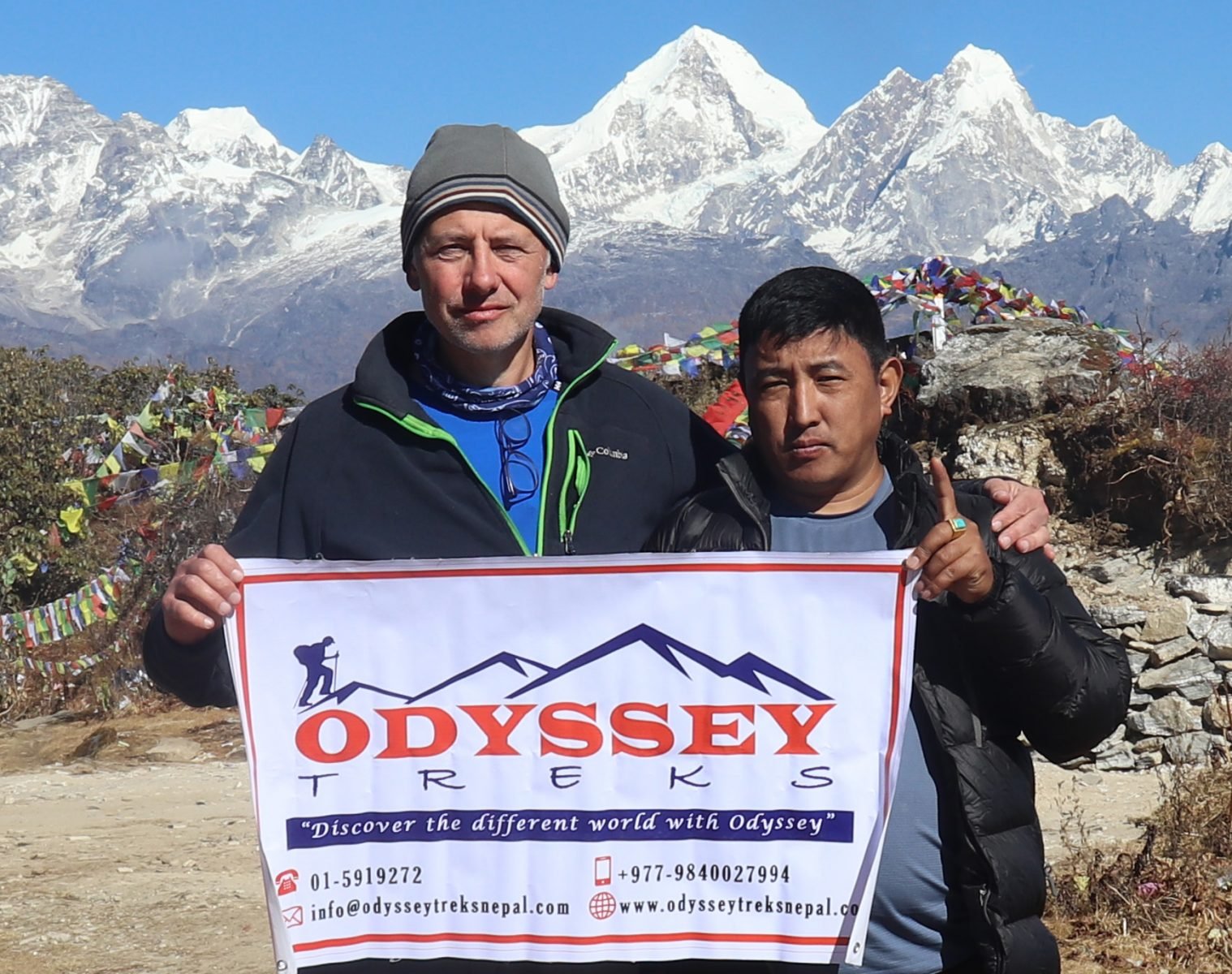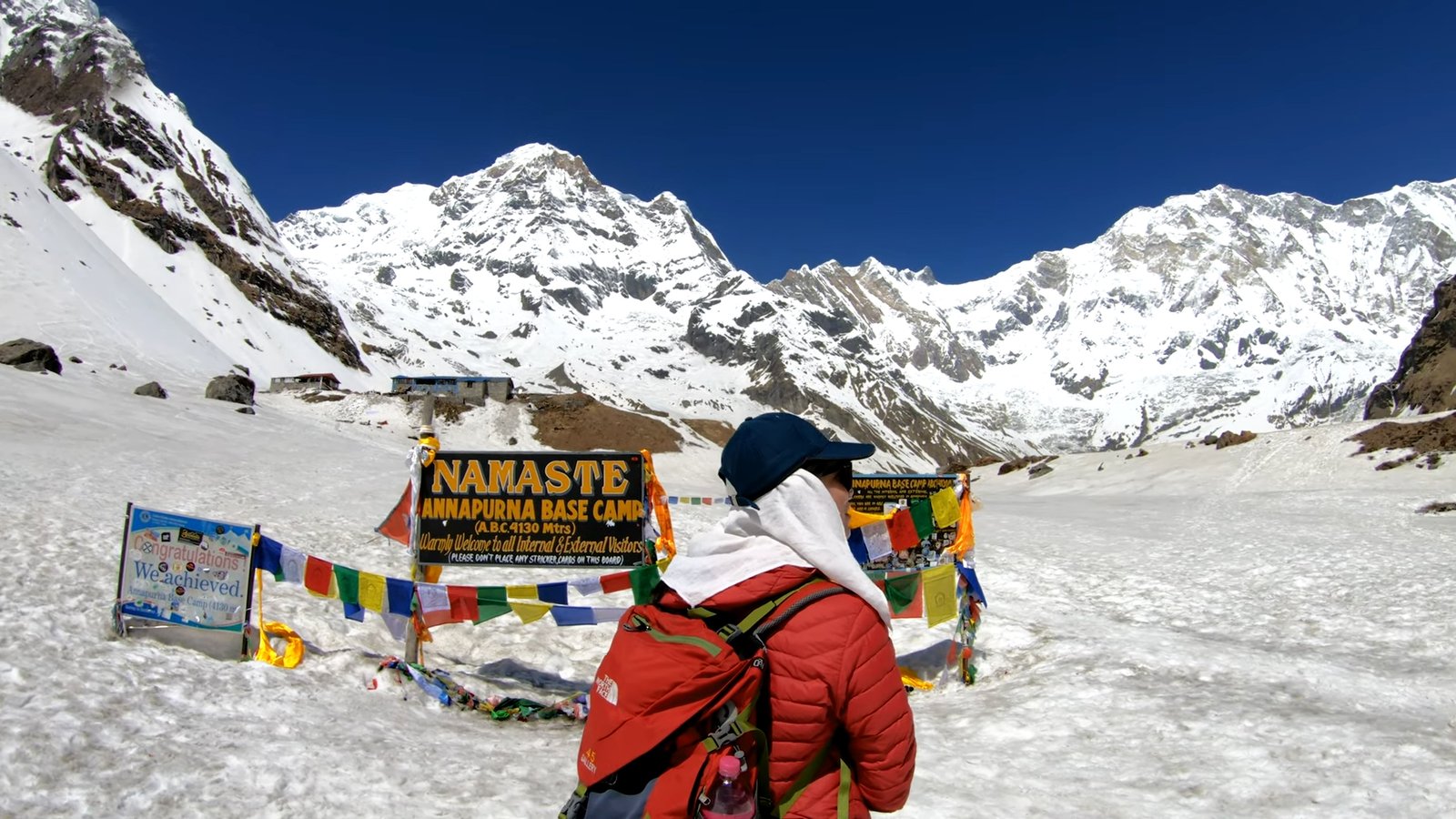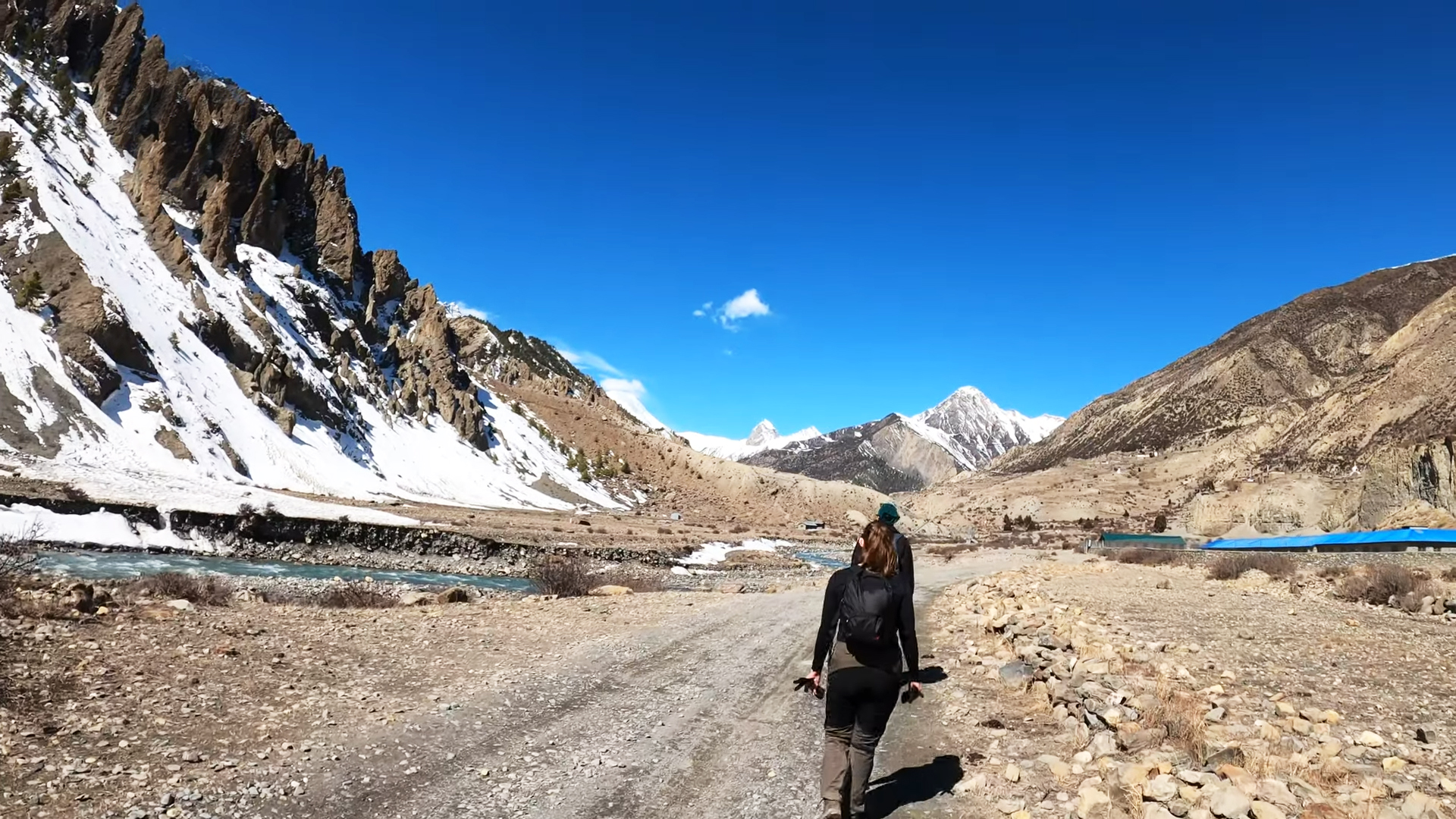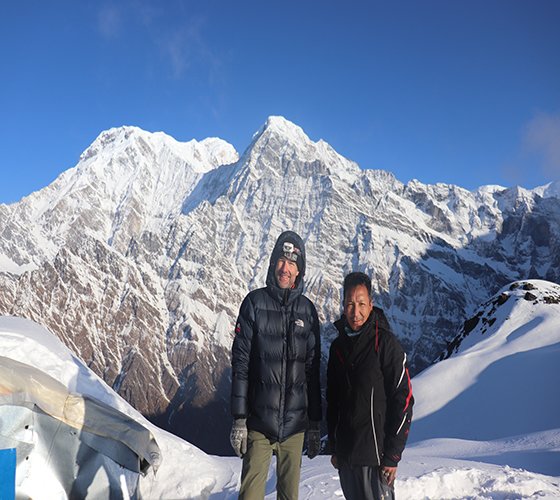Trip Overview
Introduction to Australian Camp Trek
The Australian Camp Trek is the easiest and shortest trek in the Annapurna region, which you can complete in 5 days. This is the best trekking for the trekkers who are looking for short and easy trekking in the Annapurna region. The Australian Camp Trek is a great exploration of the beautiful mountains of the Annapurna area.
Hiking offers magnificent views over the valley and stunning views of the Annapurna Mountain range. The hike takes you through mountainous jungles and paddy fields to the upper mountain villages.
You may visit: Nepal Buddhist Tour in Just 9 days, Cost, Package, Kathmandu.
Colorful tents are set up on the hillside, as are some guesthouses inviting you to stay overnight to enjoy the views. You should at least have a meal in the garden to enjoy a beautiful mountain view and delicious local products.
If you are looking for a quick and quiet escape to the mountains, definitely visit the Australian camp. It’s easy to reach there and can even be a motorcycle adventure if you like to ride.
You may also like to visit: Nepal Pilgrimage Tour in just 10 days, itinerary, Kathmandu, Cost.
Trip Itinerary
Drive Kathmandu to Pokhara – 7 to 8 hours.
After breakfast on the first day of the trip, you leave Kathmandu early in the morning for a drive along the Prithvi National Highway to Pokhara. On the way to Pokhara, you can enjoy the beautiful views of rivers, settlements, and mountains. The drive takes approx 7 to 8 hours to reach Pokhara. After reaching Pokhara, you spend the night in a hotel by the lake in the lovely ‘City of Lakes’.
Drive Pokhara to Milanchok (30 minutes) and trek to Astham – 3 to 4 hours walk.
On the second day of the trip, you are ready to walk to the village of Astham after breakfast. Your trip starts with a scenic drive from Pokhara to Milanchok which takes about 30 minutes. From Milanchok you reach Astham village in another 3 to 4 hours. Located at an altitude of 600 meters, this village is about 20 kilometers northwest of Pokhara. This village is an excellent example of an eco-village in the Annapurna region.
Astham to Australian camp (2,232m) – 5 to 6 hours walk.
On the third day of the trip, you are ready for your main destination Australian Camp after breakfast. After 5 to 6 hours walk from Astham, you reach Australasian camp. From this beautiful place, you can see the magnificent view of Annapurna South (7219 m), Hiuchuli (6440 m), Machhapuchhre (6993 m), and Lamjung Himal (6,983 m). You spend the night in a lodge here and wake up in the morning to see the sunrise because the view of the sunrise from here is breathtaking.
Australian camp to Kande (2 to 3 hours) and drive to pokhara (1hour).
On the fourth day of the trip, you start the trek to Kande after breakfast. You can reach Kande by walking only 2 to 3 hours from Australian Camp and from there you can reach Pokhara by a 1-hour drive. Any means of transportation can be easily accessed from Kande to Pokhara. The rest of the day you spend exploring the beautiful city of Pokhara where there are so many things to do. In the evening, go for a walk along the beautiful lake of Pokhara and stay at a convenient hotel for the night.
Drive Pokhara to Kathmandu – 7 to 8 hours.
On the last day of the trip, after breakfast, you drive to Kathmandu. On the way back to Kathmandu, you can still enjoy the beautiful view of the river, the settlement, and the mountains. After a 7 to 8 hour drive from Pokhara, you arrive in Kathmandu and spend the night at a hotel.
Why not list the price?
Each client's needs may be different. The price of the trip varies according to the size of your group and the service you want. The cost of the trip is calculated according to the type of service and accommodation chosen by our customers.
Each trip is customized to fit the client's needs and group size, so the price of each organized trip is different. Please let us know the service you want and the size of the group. We create trips to suit your taste and travel budget per your requirements. Hope you find our price calculation reasonable according to your needs and preferences.
Frequently asked questions about this trip
How difficult is the trek?
The difficulty depends on where and how long you want to trek. The short trek is easy while the long trek requires some physical fitness.
What is altitude sickness?
Altitude sickness is normally known as acute mountain sickness. This can happen when people rapidly climb up to an altitude of more than 3000 meters. We ensure minimal risk by adding rest to our trekking itineraries. Most people will feel some effects of altitude, some shortness of breath and possibly light headache, this is normal enough. Acute mountain sickness patients are quite different and usually have a serious headache, sickness, and lose awareness. In almost all possible cases there are sufficient warning signs to take action properly. Descending to a lower altitude is usually enough to prevent any further problems.
What type of accommodation is available during the trekking?
There are mainly tea houses and lodges available for trekking and they are usually made using local materials and are very comfortable. These accommodations are often family-run and usually provide single and double rooms. The dining room is on the ground floor and is often on fire. All food will be cooked in order in the family kitchen. Toilet facilities are sometimes separate and sometimes outside. Most lodges provide mattresses and blankets. It's a good idea to always have a sleeping bag, which can be useful, and perhaps an inflatable pillow.
How long do we walk every day on trekking?
Trekking programs are classified into three different categories: soft, moderate and hard. Soft treks are only about 7 days to 10 days in duration. They generally do not go above 4000 meters; you can expect to walk about 4-5 hours each day. Moderate treks are challenging enough and long treks that go to the high hill country. Physically exhausting, this involves trekking along the cliffs of the mountains for about 6-8 hours. Harder treks are longer treks that go farther away from the general abode of trekkers and tourists. These physically challenging treks involve walking for 7- 9 hours each day.
How much weight do I need to carry on the trek?
You carry some of your personal belongings, such as warm clothing, water, snacks, sun block, cameras and more. Generally, these items will be lightweight, from 5 to 10kg (10 to 20 pounds). Our porters are available for other heavy goods and for your information one porter would be sharing by two people. The maximum weight carried by one porter is total 20 kg. this means 10 kg. per person is allowed for the trek. In case if you wish to carry more than this weight then you need to hire additional porters.
What is the best time for trekking in Nepal?
October and November are considered as the best times for trekking in Nepal due to dry season. December and January are also considered good times for trekking but it is extremely cold at high altitudes.
Google Reviews
Guest reviews
Thank you a lot for your organization about my trek. It was a superb experience; all was perfect. Karma is a very nice person and a good guide. I appreciated trekking with Odyssey (a reliable Nepal trek operator). If I come back to Nepal, I will be happy to...
Have just returned from my fourth trip to Nepal and as always Odyssey Treks organized everything superbly. We visited Makalu relatively late in the season and were rewarded with empty trails and amazing weather. Karma was as entertaining, friendly, and informative as ever along with Ang Dawa Sherpa who...

